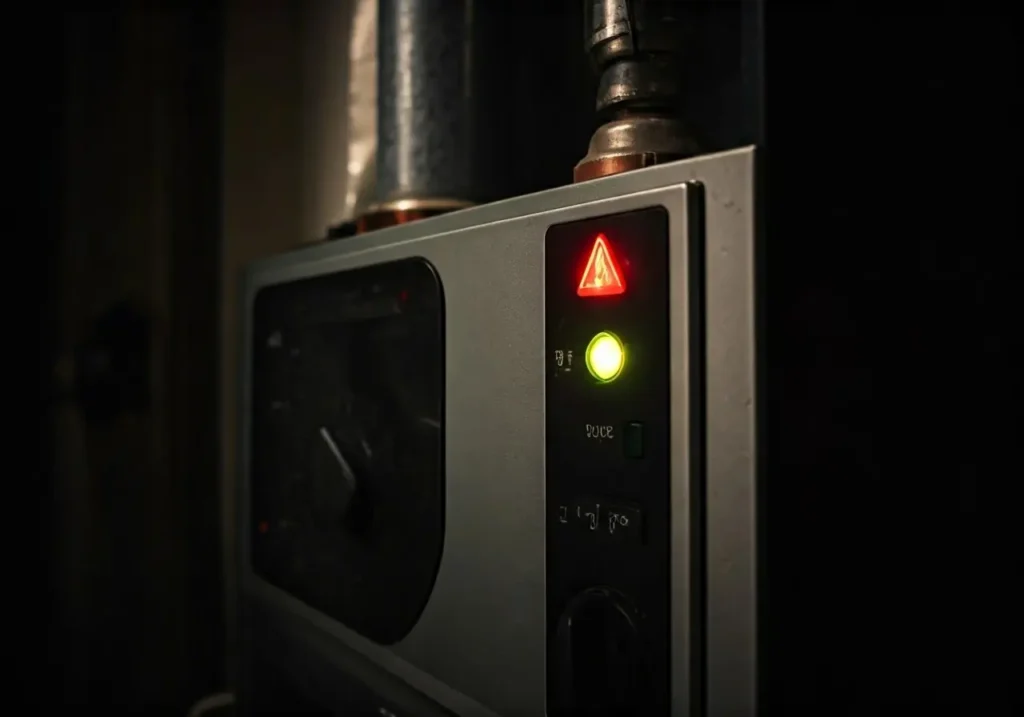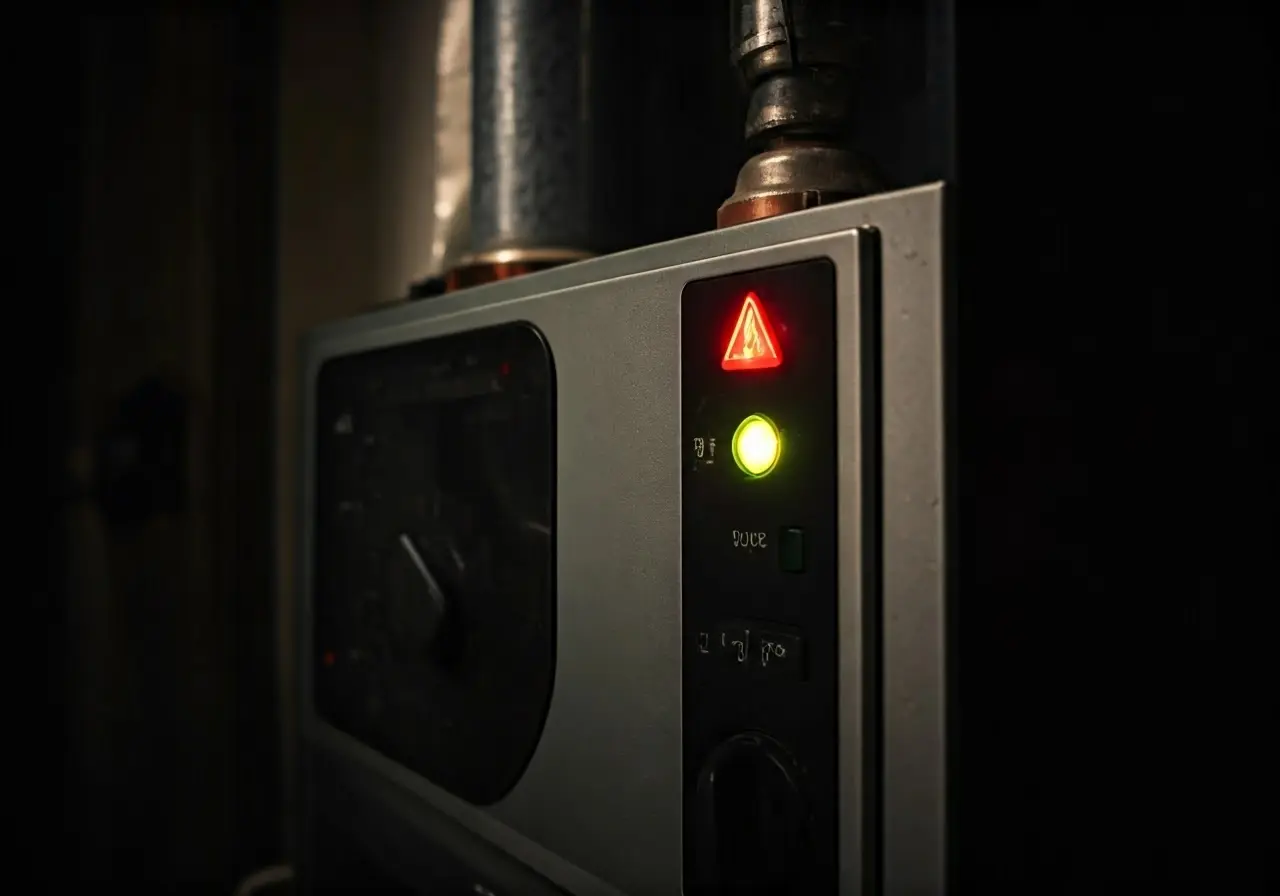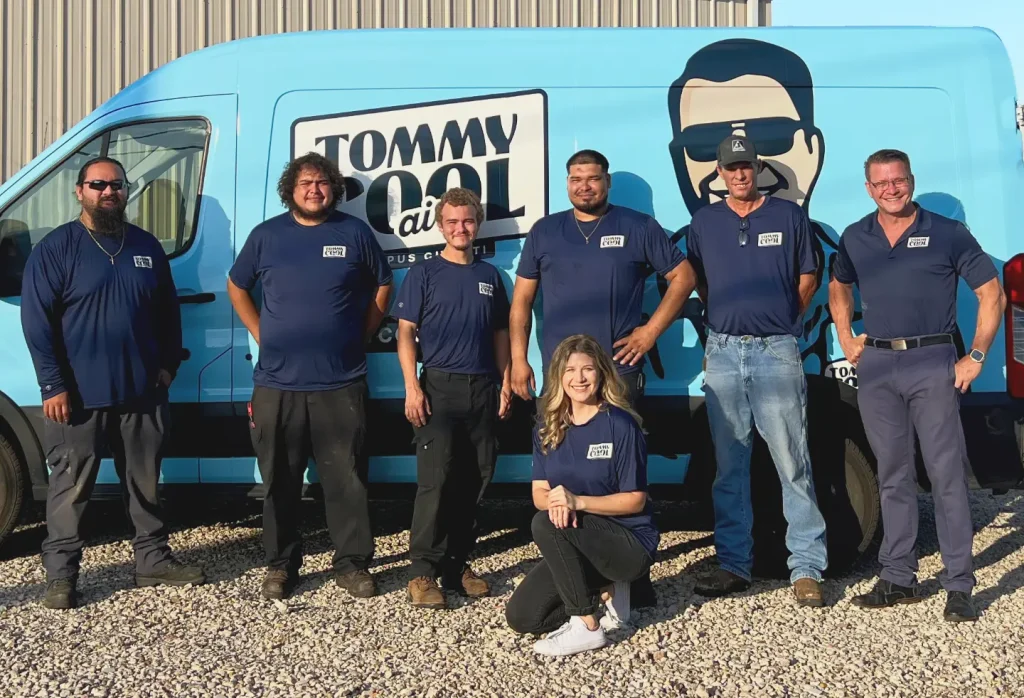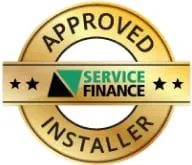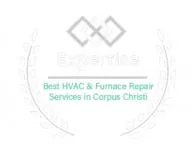As the temperatures drop, ensuring your furnace is in tip-top shape becomes more important than ever. Recognizing the early signs that your furnace needs maintenance can help you avoid costly repairs and ensure your home stays warm and cozy. Here are some telltale signs that your furnace might be due for a check-up.
1. Unusual Noises Emanating from the Furnace
While some noise is normal, banging, clanging, or whistling sounds can indicate internal issues that require professional attention. The unfamiliar symphony of noises you might hear when your furnace kicks into gear can sometimes be explained by the natural expansion and contraction of ductwork. However, persistent and loud sounds such as banging may suggest loose components or a failing motor. For instance, loose ductwork can create popping or knocking sounds, much like a distant drum roll. But when you hear high-pitched squealing that seems to have joined the chorus, your furnace fan belt might be the culprit, slipping in its groove. An experienced technician can isolate these noises and address them before they become a more severe issue.
Understanding what your furnace is trying to tell you with these sounds can save you a lot of stress. According to the 10 Signs Your Furnace Needs Immediate Repair, the noises could mean anything from minor adjustments to more complex mechanical problems. Address these early to prevent further damage and maintain the efficiency of your heating system throughout the cold season.
2. Inefficient Heating Throughout Your Home
If your furnace struggles to maintain a consistent temperature, it’s a clear sign that it might not be functioning correctly. Imagine walking from your warm living room into a chilly kitchen that feels like a different climate zone. This uneven heating usually signals issues like blocked vents or ductwork leaks that prevent heat from being distributed evenly throughout your home. Often, a persistent cold spot can be the result of furniture inadvertently obstructing airflow or vents that need adjusting. But in more severe cases, inefficiencies may stem from furnace-related issues like a faulty blower motor or a struggling thermostat that can’t regulate temperatures precisely.
Ensuring even distribution is not only about comfort; it’s also about efficiency. An expert’s insights, as detailed in the Essential Heating System Maintenance Guide for Homes and Businesses, can provide you with practical steps to enhance your system’s performance. This not only improves comfort but also helps in cutting down heating costs as your furnace operates optimally.
3. Unexplained Increase in Energy Bills
An unexpected spike in your heating bills can be a result of your furnace working harder due to underlying issues. This can often be traced back to your furnace cycling more frequently than necessary. When a unit struggles to maintain home temperature, it consumes more energy in its fight against the cold. Consider scenarios where recent months’ energy bills seem disproportionately high compared to your usage pattern – a telltale sign something might be amiss with your furnace.
According to Jolly Plumbing, the efficiency of your furnace can drastically reduce if filters are clogged or parts are worn out. It’s advisable to have a professional inspect your system when bills start creeping upwards unexpectedly. This not only optimizes its performance but also extends the unit’s lifespan, ensuring the plumbing of warmth in your home is flawless.
4. Pilot Light Color Changes
A blue pilot light is healthy, but if it turns yellow or orange, your furnace might have a ventilation issue or gas imbalance. This is a crucial safety concern as a change in the pilot light color could signal that carbon monoxide isn’t venting properly. When this odorless but deadly gas lingers inside, it poses a serious risk to your health and safety.
If you witness a change in pilot light color, it’s essential to immediately turn off your furnace and call a professional for an inspection. Regular checks and timely furnace maintenance are indispensable in precluding these hazardous situations and safeguarding your household. Keeping an eye on the light color and knowing what different colors indicate can help you address potential issues before they escalate to dangerous problems.
5. Frequent Cycling On and Off
If your furnace is constantly turning on and off, it could signal a malfunctioning thermostat or an airflow issue. This rapid cycling not only shortens the lifespan of your furnace but can leave your home uncomfortably cold as the system struggles to keep up with demand. The cycle should be steady and consistent; anything less might indicate problems such as a dirty air filter that needs urgent cleaning or replacing.
Thermostats that aren’t working properly often cause these cycling issues. Verified by Tommy’s restricted airflow, a malfunctioning thermostat or clogged filters can force your system to go in overdrive, leading to further mechanical deterioration. Safeguard your furnace by ensuring that a qualified professional assesses and calibrates these components regularly.
6. Accumulation of Dust and Soot
Noticeable dust or soot around your vents or on surfaces could mean your furnace isn’t filtering air properly. Perhaps your air filters are due a clean, or you’re facing more severe issues like incomplete combustion within your system. This accumulation, often taking the form of black or gray dust, can enter your vents and home environment, indicating that your furnace burner might need an immediate inspection.
Dust buildup indicates poor air quality, which can exacerbate respiratory issues such as asthma or allergies among household members. To keep your home a safe retreat during colder months, regular inspections and Essential Heating System Maintenance can be a big help. This not only improves indoor air quality but helps maintain a cozy environment.
7. Detecting Strange Odors
Unfamiliar or unpleasant smells, especially burnt or musty, can be indicators of serious problems needing immediate attention. Furnaces occasionally gather dust when dormant, but if these smells persist or emerge during operation, it might signify burnt wiring or smells of gas leaks, which are serious red flags. Detecting rotten egg odors could indicate potential gas leaks, while burning dust smells could be traced to clogging inside ducts or vents.
Addressing these odors without delay is critical. Prompt professional intervention can prevent hazardous outcomes, offering peace of mind. As reiterated by our trusted partners in Broken Furnace Solutions, these unpleasant smells should lead to immediate diagnostics to avoid life-threatening situations. Scheduling regular check-ups keeps your system updated, enhancing its reliability and safety.

